The Himalayas, also known as the “Roof of the World”, are a majestic range of mountains that rise up to an incredible height, vanishing into the clouds on some days. The Himalayas boast some of the highest peaks in the world, including the mighty Mount Everest, which stands tall at a staggering 29,029 feet, making it the tallest mountain on Earth. At such high altitudes, the air is thin, and the temperatures are extreme. The land is arid and brown, and it looks like it’s been this way since the beginning of time. But despite being hundreds of miles away from the closest sea, marine fossils have been discovered in multiple locations in the Himalayas, which makes one wonder how they got there.
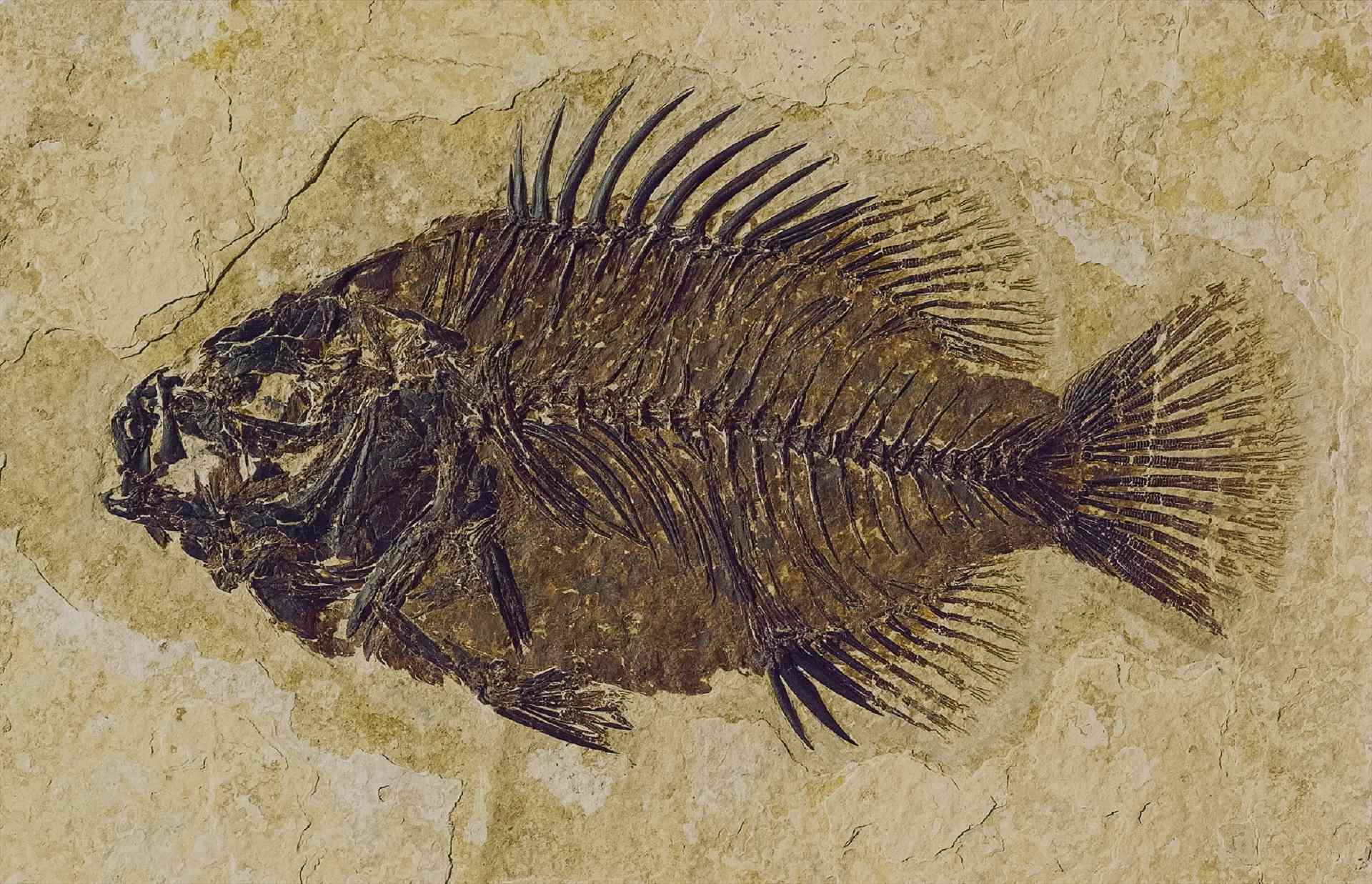
Fossil-rich sediments of the high-altitude Himalayas
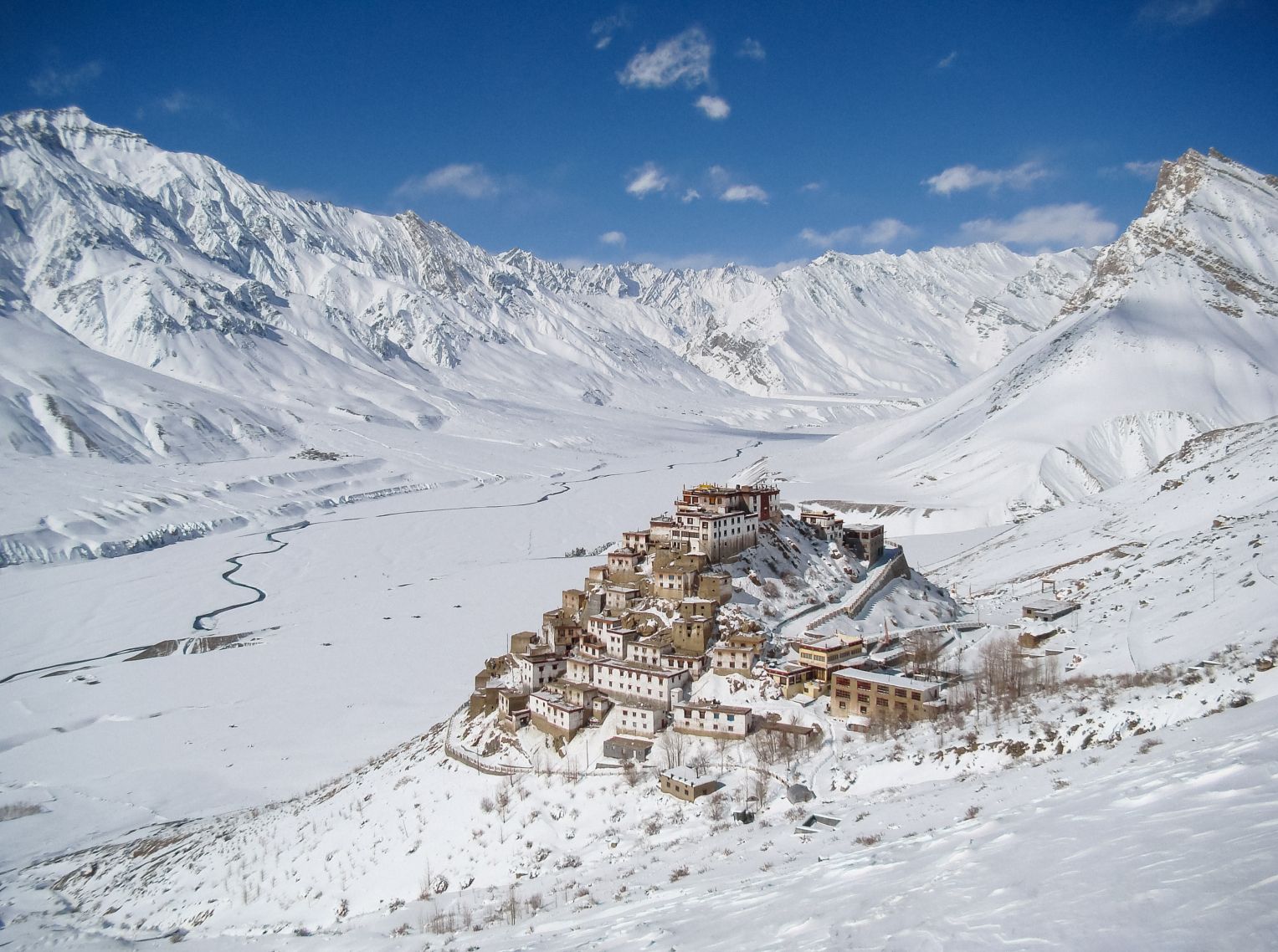
The Spiti Valley in India is a hotspot for paleontologists from around the world. The valley is brimming with evidence dating back to 540 million years ago. The villages of Komic, Mud, Hikkim, Langza, and Lalung lie along a belt of fossil-rich sediment in Spiti. In Nepal, ammonites, which are marine cephalopods with shells, are found along the bed of the Kali Gandaki River. Climbers who have scaled Mount Everest have brought back rocks that contain the fossils of sea lilies. It’s hard to imagine that this vast expanse of weather-beaten land was once a thriving ocean bed, with fish and marine creatures populating the water.
Does it prove the biblical stories of the great flood to be right?
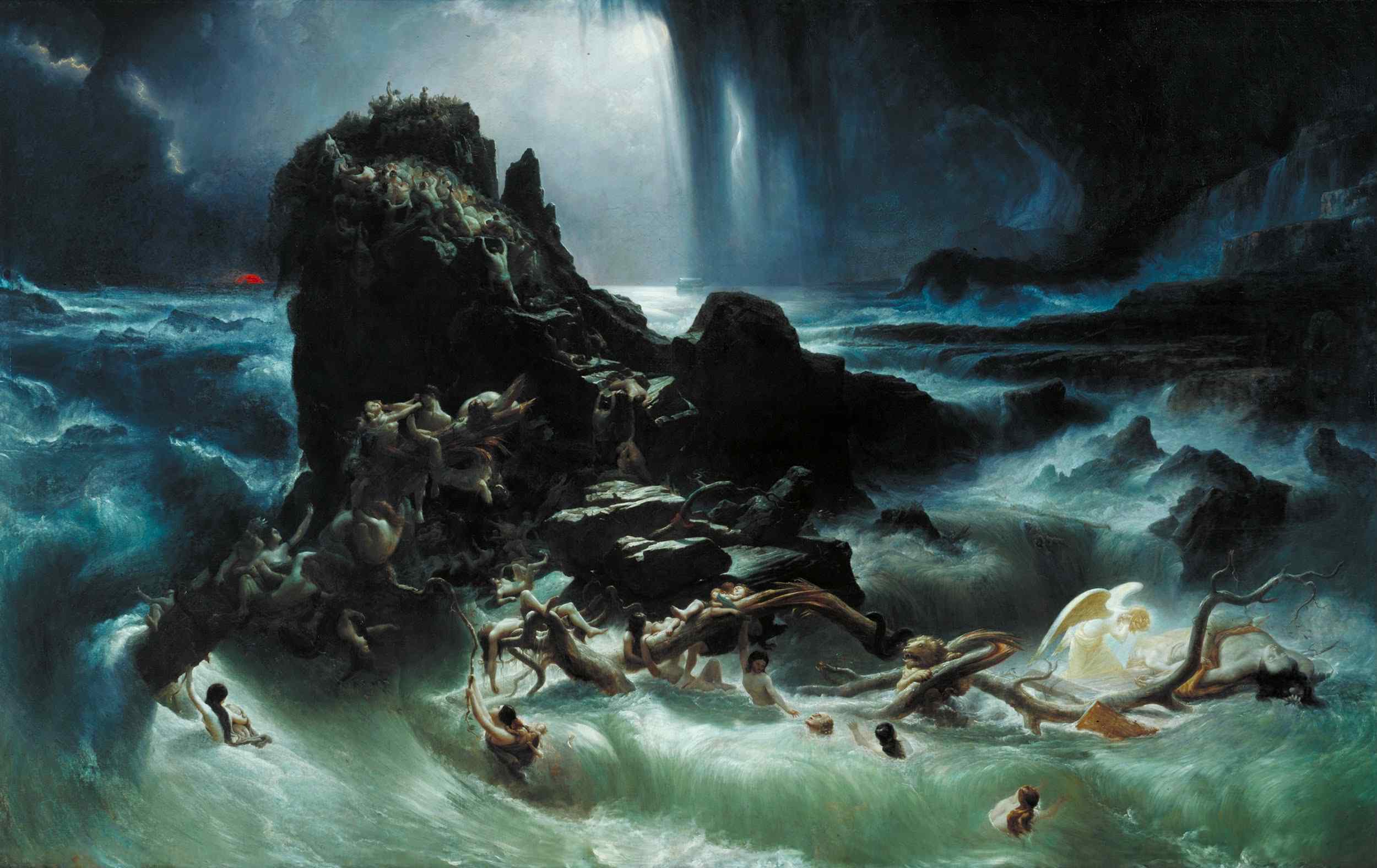
The discovery of fossilized fish on the peaks of the Himalayas is a major discovery for scientists as it proves that water once somehow covered these high-altitude sediments. This insight opens up new avenues for inquiry and indicates that our planet has undergone immense changes in its history. The theory that the Earth was once flooded holds a great deal of significance for historians, archaeologists, scientists and enthusiasts alike, and adds to the understanding of geological processes and climate change. However, it is important to note that this discovery does not necessarily prove that biblical stories of the great flood are accurate, as there are many other factors to consider.
How did the fossils of marine creatures end up in the Himalayas?
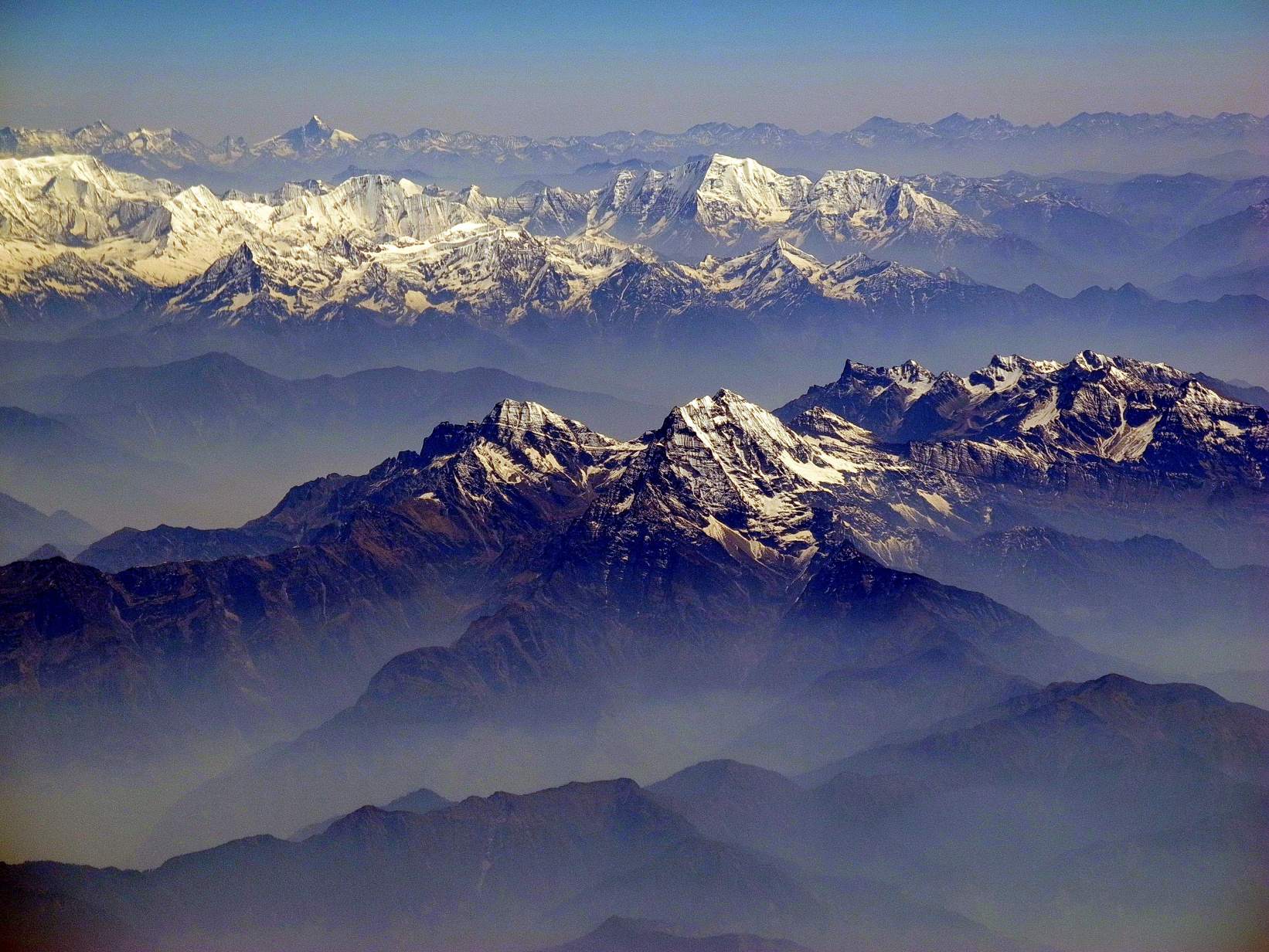
In order to understand how the fossils of marine creatures ended up in the Himalayas, we need to delve into the geological history of the region. The Himalayas were not always the towering mountains that we see today. Millions of years ago, a massive geological event called the Continental Drift took place. Before this, the world as we know it didn’t exist. Instead, there were supercontinents or gigantic land masses that comprised the continents we know today. India was part of Gondwanaland, which included Australia, Africa, Antarctica, India, and South America. About 150 million years ago, India broke off from Gondwanaland and began moving north, towards Eurasia.
The Tethys Sea
The Tethys Sea, which lay between the two landforms, was home to a rich and diverse marine life. It took about a hundred million years for the two landforms to collide, but when they did, the immense force caused the dense crusts of both to crush together, forming mountains that rose from beneath the sea. The collision of the Indian subcontinent with the Eurasian plate gave birth to the Himalayas, the highest mountain range in the world.
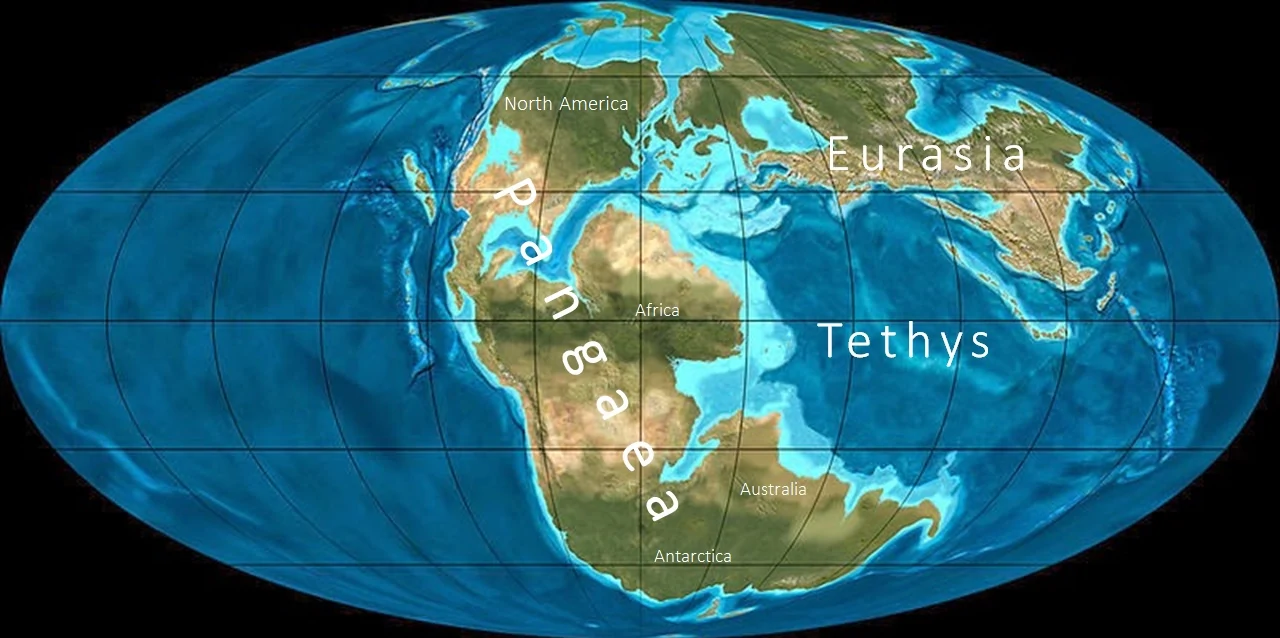
Even today, the layered rocks of the Himalayas are rich with the fossils of the inhabitants that once populated the Tethys Sea, as well as fossils of coral reef remnants and marine plants. The discovery of these fossils reveals the truth about the origin of the Himalayas. It also reveals that the path to the roof of the world was once deep under an ocean. The Himalayas are a testament to the incredible power of geological events that have shaped our planet over millions of years.
The discovery of marine fossils in the Himalayas has significant implications for the study of the Earth’s history. The fossils found in the region offer a glimpse into the past and help us build a picture of what the Earth looked like millions of years ago. The fossils also provide valuable information about the evolution of marine life and how it adapted to changing environments over time.
Conclusion
The Himalayas, with their rugged terrain and extreme weather conditions, are a haven for adventure seekers from around the world. Many trekkers and mountaineers come to the region to experience the thrill of conquering some of the highest peaks on the planet. However, the discovery of marine fossils in the Himalayas shows that there is more to this region than just breathtaking vistas and adrenaline-pumping activities. The Himalayas are a treasure trove of geological wonders that offer a glimpse into the planet’s long-lost history.
In conclusion, it is truly remarkable to think that the majestic Himalayas, which have captivated the hearts and minds of people for centuries, were once a thriving ocean bed. Today, the Himalayas are not just a natural wonder but also a window into the Earth’s fascinating past.




